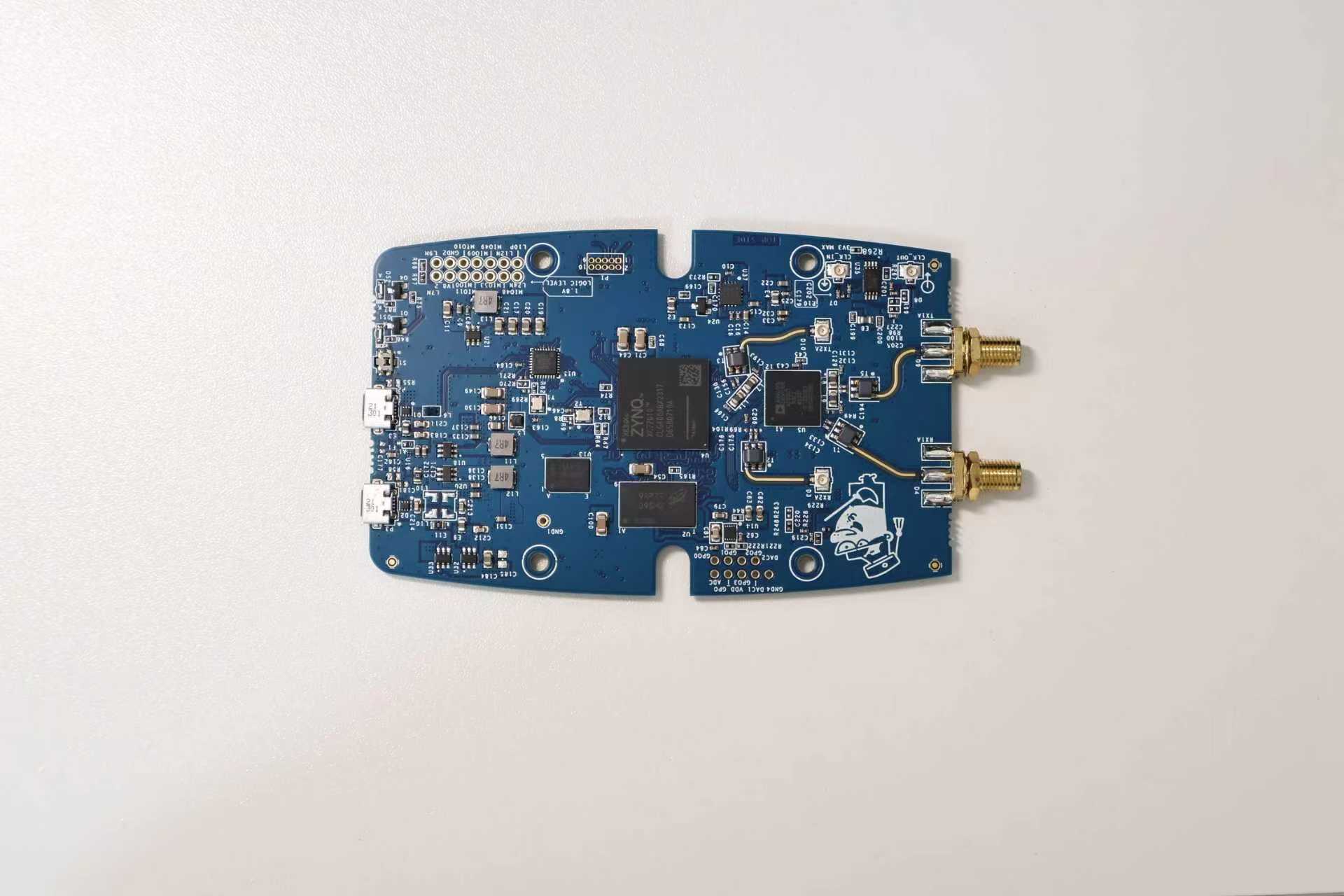Hungarian Forint
(HUF )
- Euro (€)
- Bulgarian Lev (BGN )
- Czeck Koruna (CZK )
- Hungarian Forint (HUF )
- Polish Złoty (PLN )
- Swedish krona (SEK )
- Swiss Franc (CHF )
- Canadian Dollar (CAD )
- Mexican Peso (MXN )
- Norwegian Krone (NOK )
- Chinese Yuan (CNY )
- Indian Rupee (INR )
- Australian Dollar (AUD )
- New Zealand Dollar (NZD )
- Saudi Riyal (SAR )
- UAR Dirham (AED )
- US Dollars (USD )
- GB Pound (GBP )
- Danish Koruna (DKK )
- Romanian Leu (RON )
Categories
Categories
Categories
-
 CatalogTop All products in one place
CatalogTop All products in one place
-
 Software Defined RadioPopular Explore Signals Beyond Limits
Software Defined RadioPopular Explore Signals Beyond Limits
-
 RFID/NFC Unlock Possibilities with RFID/NFC
RFID/NFC Unlock Possibilities with RFID/NFC
-
 Antennas Antennas for every signal need
Antennas Antennas for every signal need
-
 Amplifiers Signal Boosters & LNAs
Amplifiers Signal Boosters & LNAs
-
 Radio Communication Radio Communication Essentials
Radio Communication Radio Communication Essentials
-
 Test & Measurement Unleash Precision. Reveal Signals.
Test & Measurement Unleash Precision. Reveal Signals.
-
 FPGA DevelopmentNew Accelerate Ideas. Build Hardware.
FPGA DevelopmentNew Accelerate Ideas. Build Hardware.
Home/SDRstore.eu Blog | SDR, Electronics & Tech Guides/PlutoSDR (AD9363) Industrial Prototyping Guide
PlutoSDR (AD9363) Industrial Prototyping Guide

Why PlutoSDR Is Perfect for Industrial Prototyping
- Wide Frequency Coverage: 325–3800 MHz for IoT, industrial sensors, and factory automation
- Flexible Transceiver: AD9363 handles GSM, LTE, WiFi, LoRa, ZigBee, and more
- GLP FPGA (Zynq7010): Supports edge processing, custom modulation, fast DSP
- Low Power & Compact: USB-powered, portable for field and lab deployments
- Open Source Ecosystem: Compatible with Python, MATLAB, GNU Radio, and C libraries
Best Practices for Industrial Rapid Prototyping
- Define Clear Objectives Early: Know what you need to measure, validate, or control (RF power, link quality, spectrum activity, protocol compliance)
- Use Modular, Reusable Code: Scripts and flowgraphs in Python/Simulink make iteration seamless
Python PlutoSDR Setup Guide - Leverage Simulation, Then SDR Hardware: Model signal chains in MATLAB, Simulink, or gnuradio before deployment
- Start With Known Reference Signals: Test and calibrate the SDR with standard beacons (FM, GSM, WiFi, ZigBee) to validate hardware/software
- Monitor Real-Time Data Streams: Use IIO Oscilloscope, SDRangel, or custom dashboards for live debugging
- Document Every Iteration: Keep logs of config, firmware version, RF environment, antenna setup
- Iterate Rapidly, Validate Frequently: Use frequent build and test cycles—adjust filters, frequency, gains based on feedback
Key Industrial Use Cases for PlutoSDR
- Wireless IoT Device Prototyping: Validate sensors, edge nodes, and gateways with simulated RF, custom packet modulations, and spectrum scans
- Factory Automation Communication: Test wireless links over 433 MHz/868 MHz (LoRa, ZigBee, proprietary), verify robustness and spectral compliance
- Smart Metering Development: Build radio scripts for auto-discovery, time-sync, and protocol emulation against real meters
- RF Sensor Network Deployment: Rapidly deploy and characterize topologies for asset tracking, process monitoring, or anomaly detection
- Spectrum Analysis & Interference Detection: Scan ISM, sub-GHz, and 2.4 GHz bands for interference, harmonics, and spectral gaps
- Custom Protocol Research: Use the Zynq7010 FPGA for advanced waveform generation, specialty modulations, or hybrid analog/digital analysis
Practical Setup and Integration Tips
- Update PlutoSDR firmware for maximum compatibility (see ADI’s repo and guides)
- Set sample rates according to application needs; higher for spectral scans, lower for narrowband comms
- Use “ip:192.168.2.1” URI for remote streaming in Python, GNU Radio, SDRangel, MATLAB
- Benchmark USB throughput and buffer sizes for continuous real-time operation
PlutoSDR USB Performance Details - Maintain antenna matching for each use case—wideband for scans, tuned for comms
Best Results: Example Workflows
- RF Quick-Scan: Python script sets frequency, gain, sample rate, and saves IQ log—analyze in SDRangel/GNU Radio
- IoT Interoperability: Use MATLAB or Python to transmit and receive custom packets; log BER and latency across topologies
- Factory Floor LoRa Test: SDRangel flowgraph decodes LoRa, logs SNR and packet loss during machine ops
- ZigBee Automated Validation: Deploy PlutoSDR with protocol sniffer, run custom validation scripts for timing and power
Troubleshooting & Optimization
- No device detected: Check USB connection, drivers, firmware, and IIO context IP
- Signal dropouts: Reduce sample rate, adjust RX/TX buffer size, and monitor environment
- Poor performance: Benchmark on known signals, tune gain and bandwidth, switch antennas if needed
- Project not compiling: Validate API compatibility, check that Python packages (adi, gnuradio) and MATLAB are updated
Get Your PlutoSDR Today!
Unlock industrial-grade prototyping, testing, and wireless research with the AD9363 + Zynq7010 PlutoSDR—choose your board and bundle for instant deployment.
Comments
No posts found
Write a review
My account
Orders and Delivery
Customer Service
Payment Options
We support all major card and digital payment options. More local methods are available and shown during checkout.
You enter into a binding sales contract once you have received an 'order confirmation and sales receipt' email from us, in line with our Sales & Delivery conditions. Therefore, sdrstore.eu has the right to cancel your order in the event of technical problems, delivery failure, Fair use policy and other similar situations.
Delivery carriers
© 2023 - 2025 SDRstore.
